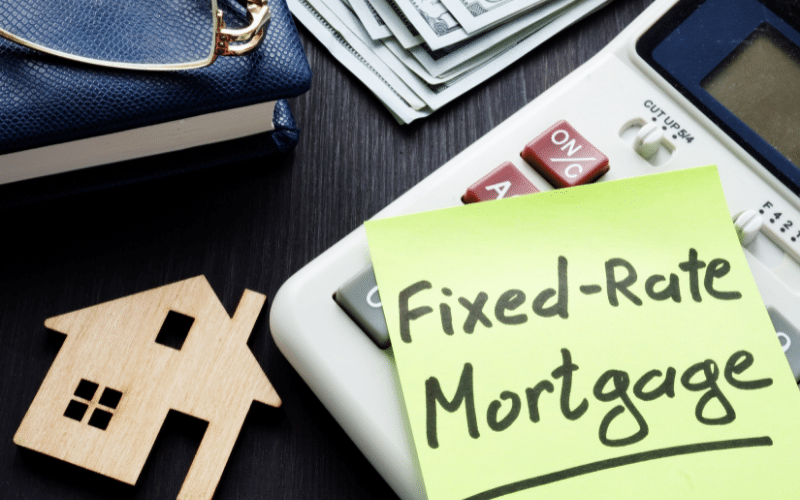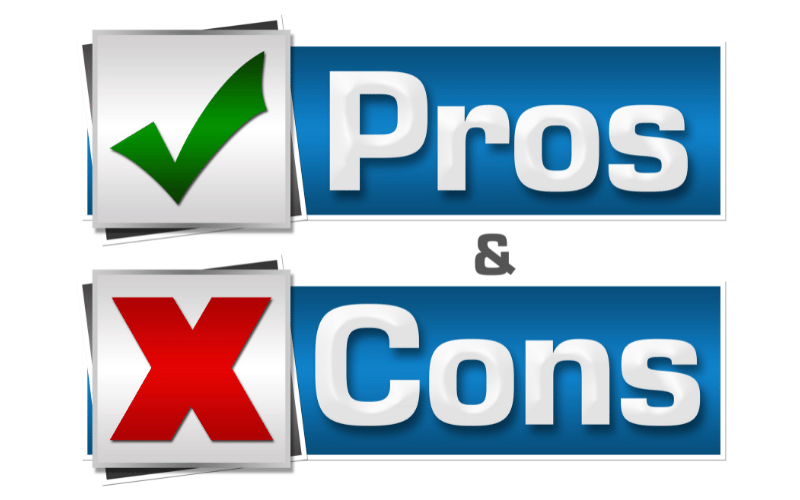Table of Contents
What Is an Open End Mortgage?
An open end mortgage is a type of home loan in which the entire loan amount is not advanced all at once, but rather used as needed.
In contrast to traditional mortgage loans, the loan allows the prospective buyer to purchase a home without using the entire loan amount that they qualify for.
They can then continue to draw funds from the loan after they have moved into their new home.
Understanding open end mortgages can help homebuyers and real estate professionals who are looking for financing options.
This guide will explain how an open end mortgage loan works and whether it is a good option for you.
An Open End Mortgage: Definition and Examples
An open end mortgage is a distinct type of home loan in that the borrower can use the loan funds as needed, even after they have purchased the property.
It provides the borrower with enough cash to purchase a home, much like a traditional mortgage loan.
However, in this case, it allows the borrower to increase the loan amount at a later date, drawing from it similarly to a home equity line of credit (HELOC).
Let’s say you want to buy a house for $300,000 but you qualify for a $400,000 open end mortgage. You will only make principal and interest payments on the $300,000 you initially received until you take additional draws.
Then, if you take a $25,000 draw, you’ll begin making payments on that amount as well as the existing principal balance. The same is true for any further draws you make in the future.
Other names for this type of loan include open end loan and mortgage for future advances.
What Is an Open End Mortgage?
An open end mortgage functions similarly to a hybrid of a traditional mortgage and a HELOC, except that you only need to apply once rather than adding a second lien to your home through a separate HELOC.
You will begin with a maximum loan amount that you will be able to borrow over time. A portion of that goes toward the cost of purchasing the home, with the remainder available for use at a later date.
The remaining funds must be used for home improvements or changes, which is unique to an open end mortgage. You can draw from the additional available credit, pay it off, and draw again, just like a HELOC.
Note: The amount you can borrow is limited to the amount you were approved for when you first applied for the loan. It will be determined by the value of your home as well as the amount of your first mortgage.
Even if you use the mortgage for two different purposes—first to buy a home and then to make home improvements—you’ll only have one loan and one monthly payment to make.
The mortgage term may be extended, or the monthly payment may be increased to accommodate the new balance.
The borrower may then be required to submit a request to cancel the mortgage once the loan has been fully repaid.
Remember that the requirements and structure of open ended mortgages may differ depending on where you live.
State laws govern how open end mortgages can be provided and the priority of property liens when multiple liens exist.
Tip: Applying for an open end mortgage is similar to applying for other types of credit because the loan terms are determined by the borrower’s credit score and credit profile.
It is best to ensure that your credit score is in good standing before applying. Credit score requirements vary depending on the lender, but the average FICO score required to qualify for a conventional mortgage is around 620.
Alternatives to a Fixed-Rate Mortgage

An open end mortgage provides the same benefits as if you purchased a home with a traditional mortgage loan and then applied for a home equity loan or HELOC.
There will be two application processes and two sets of closing costs if you go that route. However, you will be able to choose how much you require, when you require it, and even whether you require it at all.
It’s just one lump-sum disbursement with a home equity loan, which may or may not work with your plans.
Pros and Cons of an open end Mortgage
 Pros:
Pros:
- Flexibility in financing needs: If you’re planning to buy a home and qualify for more than you need, an open end mortgage can give you the flexibility to borrow more in the future for renovations and other property-related costs.
- Interest is only charged on the amount borrowed: You only have to pay interest on the portion of the open end mortgage loan amount that you’ve actually used, just like with a HELOC. You’ll also avoid the costs of refinancing and the higher interest rates that come with second mortgages.
Cons:
- Draw time limitation: The amount of time you can take additional draws on your open end mortgage may be limited. This will be determined by the amount of funding you initially received and the terms of the loan.
- Borrowing limits have been established: When you are first approved, your total loan amount is determined. If you require more funds than you initially qualified for, you may need to apply for a second loan. You may also end up paying more in interest if you spread out your loan payments over a longer period of time.
- They are not available from every lender: If you conduct a quick internet search for open end mortgages, you will have a difficult time finding lenders who provide them. If you want one, you may need to work with a mortgage professional to find what you need.
Is an open end Mortgage Worth It?
If you qualify for a loan that is larger than the amount you need to borrow to purchase the home, an open end mortgage may be worth considering.
However, given the restrictions on how you can use the funds and the fact that they are typically more expensive than traditional mortgage loans, it may not make sense if you do not intend to make significant investments in your home.
If you think you might want to tap your home equity at some point but don’t have specific plans, it might be better to go with a traditional mortgage loan and then apply for a home equity loan or HELOC when you need it.
Important to Remember
– An open end mortgage is a type of home loan in which the entire loan amount is not advanced all at once but is instead used for future home-related improvements as needed.
– open end mortgages combine the advantages of a traditional mortgage and a home equity line of credit.
– open end mortgages offer flexibility, but they are limited to the amount you were initially approved for.
– To learn more about whether an open end mortgage is right for you, speak with a mortgage professional.
